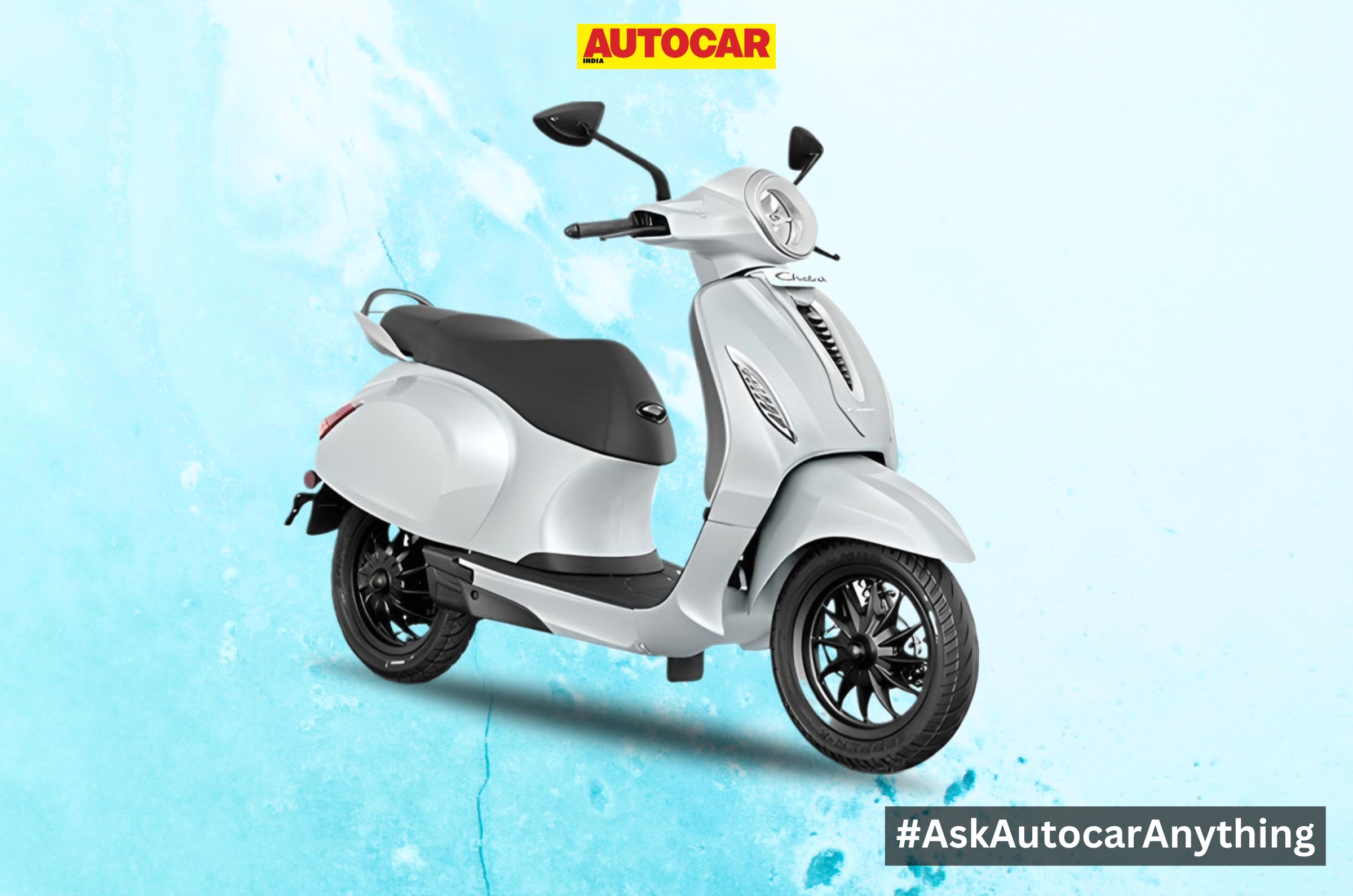Having both the Hyundai Creta 1.5-litre petrol IVT and Creta 1.5 Turbo-petrol DCT N Line in our long-term fleet, we put these cars through our fuel efficiency test. Here are the results.
- Both cars get drive modes
- Both have auto engine stop-start tech
- Turbo-DCT is almost as efficient as petrol-IVT
In our city loop, with an average speed of 18kph, the Creta 1.5-litre naturally aspirated petrol with a CVT (automatic) returned 11.17kpl. Interestingly, the N Line, powered by a 1.5-litre turbo-petrol engine and a dual-clutch automatic transmission, fared slightly better at 11.62kpl. On the highway, the figure was 15.05kpl for the petrol-IVT version and 14.50kpl for the N Line variant.
Both versions have automatic engine stop-start tech that keeps a check on fuel consumption while the vehicle is idling, and we drove them in Eco mode throughout. The petrol-IVT’s more responsive nature and smoother power delivery make it feel peppy and more suited to city driving conditions. However, that makes it less efficient, especially when compared to the N Line’s lazier throttle responses in Eco mode and the early upshifting nature.
On the road, both engines spin below 2000rpm while cruising at 100kph. The N Line is much more powerful than the NA petrol and feels far more effortless on the highway. However, fuel consumption is also a bit higher. Interestingly, the Hyundai Verna 1.5 Turbo DCT with the same powertrain as the N Line (which we tested earlier) was more efficient on the road.
.jpg?w=700&c=0)
Autocar India’s fuel efficiency testing
Before our real-world fuel efficiency tests, we fill our test cars’ tanks to the brim and maintain tyre pressures based on the manufacturer’s recommendation. These cars are driven in fixed city and highway loops in and around Navi Mumbai, and we maintain certain average speeds. Throughout the tests, there is only one person in each car, running the aircon and other electricals, such as the audio system, indicators and wipers, when required, just like a regular user would. Periodic driver swaps further neutralise variations in driver patterns. At the end of each cycle, we calculate efficiency by filling the tanks to full again.






































